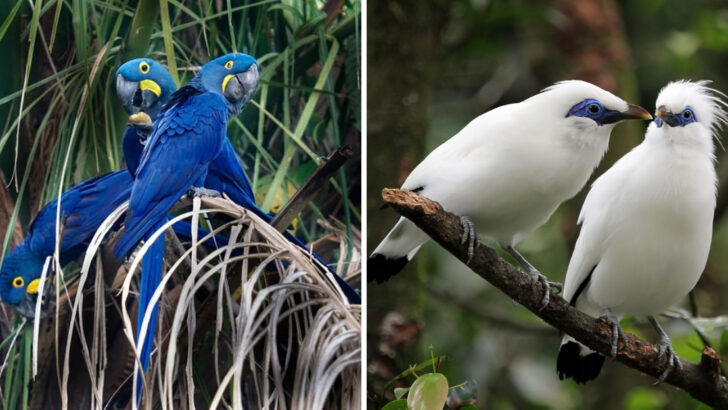The world is losing some of its most breathtaking birds—and time is running out to save them. With every passing day, habitat loss, climate change, and human impact push these incredible creatures closer to the brink of extinction.
From the dazzling feathers of the Kakapo to the vibrant plumage of the Spix’s Macaw, these birds are more than just beautiful; they are a testament to nature’s ingenuity. But now, their future hangs in the balance.
These 19 stunning species are slowly disappearing, and without action, they may vanish from the skies forever. Join us as we explore the urgent need for conservation and the amazing creatures that are fighting for their place in the wild. Their plight is a call to action—we can’t afford to ignore it.
Javan Hawk-Eagle
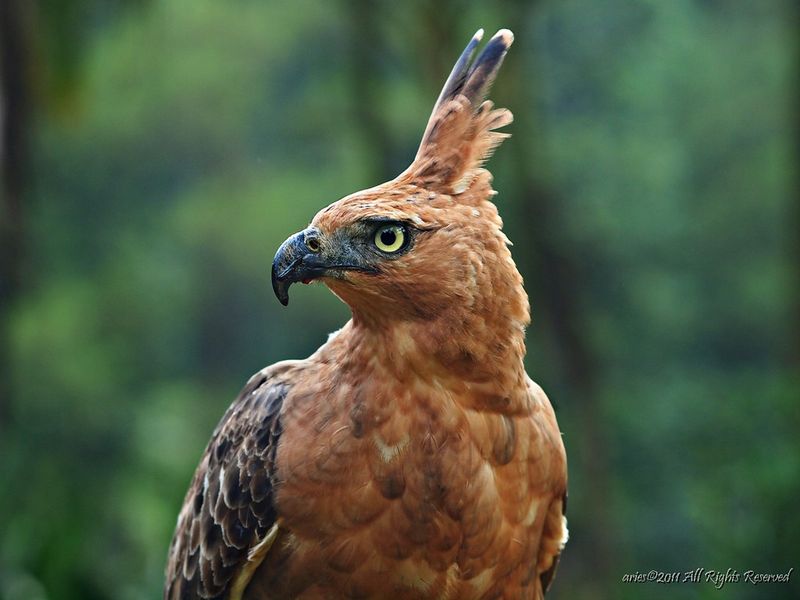
The Javan Hawk-Eagle, native to the dense forests of Java, Indonesia, is a symbol of pride and national identity. With its regal crest and fierce amber eyes, this raptor is a sight to behold.
Unfortunately, deforestation and habitat loss have pushed it to the brink of extinction. Conservationists are working tirelessly to preserve its habitat, but challenges remain.
Community involvement and awareness are crucial in safeguarding this magnificent bird’s future, ensuring that it continues to soar through the Javan skies for generations to come.
Kakapo
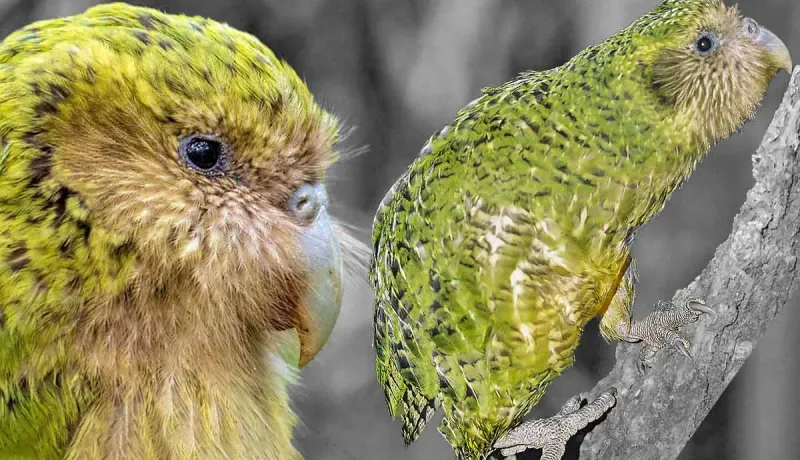
The Kakapo, a flightless parrot from New Zealand, is one of the rarest birds on the planet. Its mossy green plumage helps it blend seamlessly into its forest habitat.
However, introduced predators and habitat destruction have drastically reduced its numbers. Dedicated conservation programs are in place to protect and breed these unique parrots in closely monitored environments.
Public support and involvement in these efforts are essential to ensure the survival of this charming nocturnal creature, which captivates all who encounter it.
Spix’s Macaw
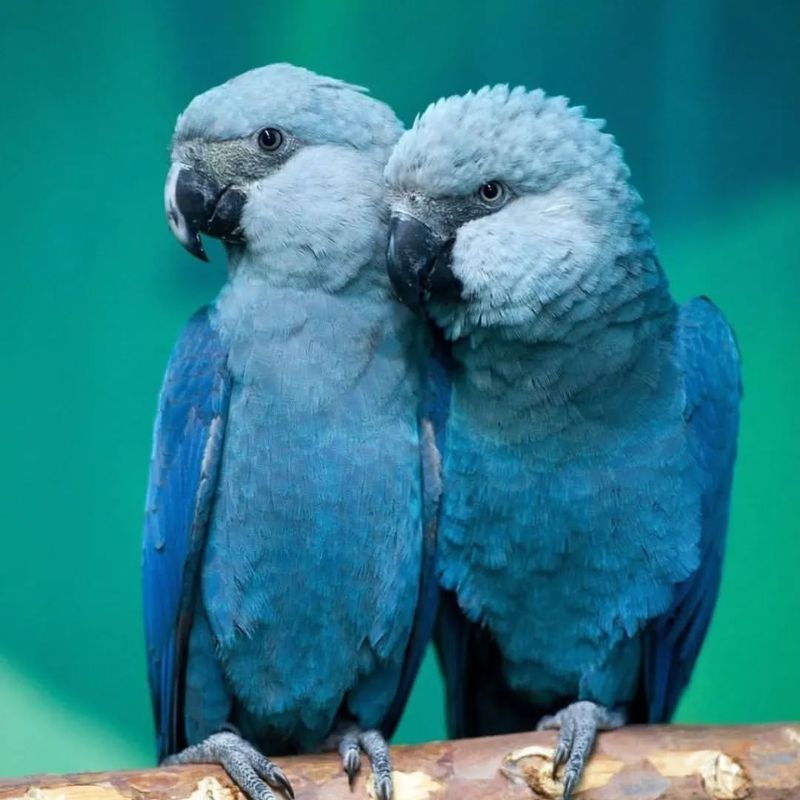
Spix’s Macaw, native to Brazil, gained fame as a vibrant blue parrot that inspired the animated movie “Rio.” This striking bird once thrived in Brazil’s arid woodland.
Unfortunately, habitat destruction and illegal trade led to its extinction in the wild. Efforts to reintroduce it into its native habitat are underway, thanks to captive breeding programs.
The success of these programs depends on ongoing international cooperation and habitat restoration, ensuring that future generations can witness its breathtaking beauty in the wild.
Bali Myna
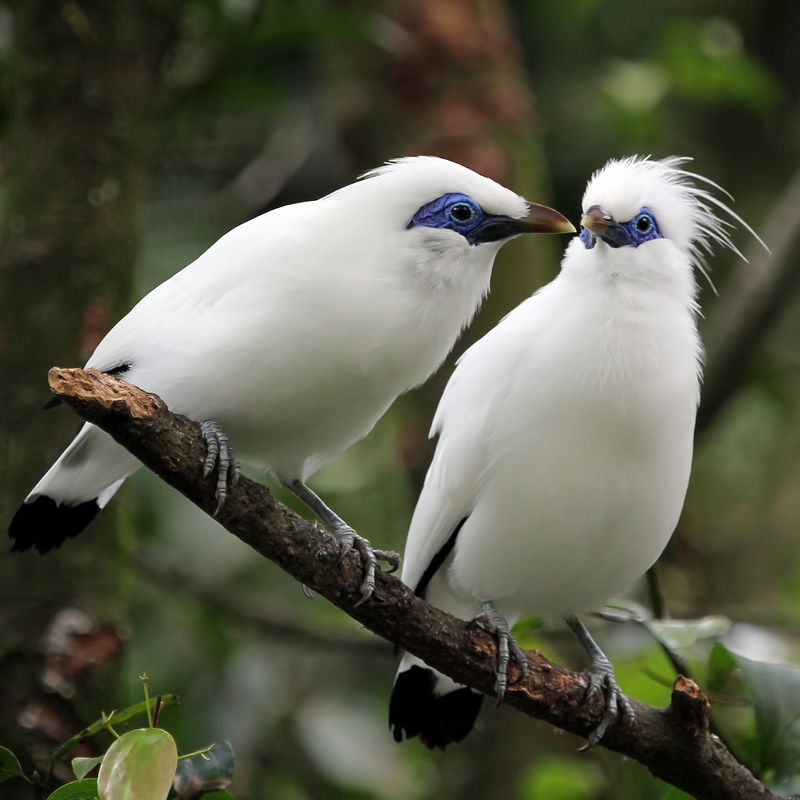
The Bali Myna, also known as the Bali Starling, is a stunning bird endemic to the Indonesian island of Bali. Its snow-white plumage and vivid blue eye patches make it unmistakable.
Despite its beauty, habitat destruction and poaching have driven it to the edge of extinction. Conservationists have established breeding programs to bolster its numbers and reintroduce it to protected areas.
Local initiatives and awareness campaigns play a vital role in preserving its habitat, ensuring that this iconic bird continues to grace Bali’s landscapes.
Philippine Eagle
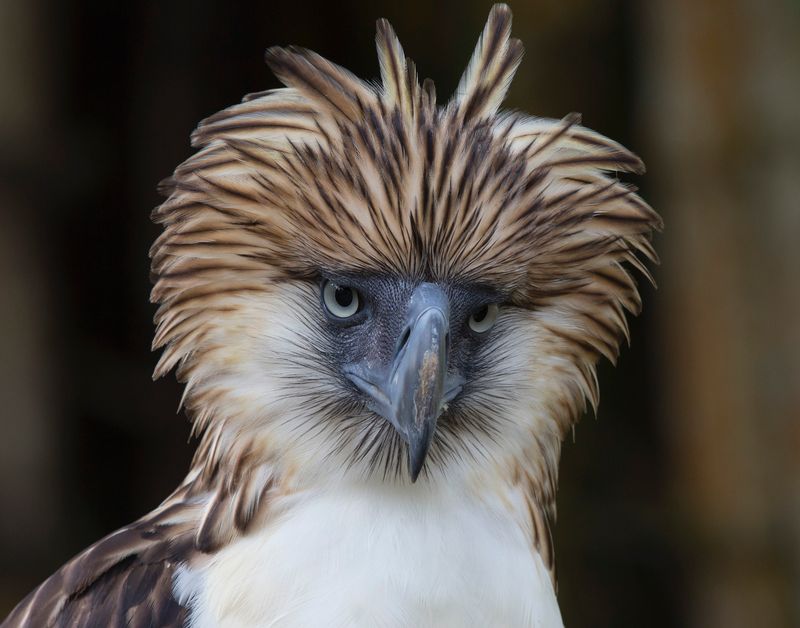
The Philippine Eagle, the world’s largest eagle, is a symbol of national pride and biodiversity in the Philippines. Its impressive wingspan and striking appearance command attention.
However, deforestation and hunting have led to its critical status. Conservation programs aim to protect its habitat and raise awareness about its plight.
Community involvement and international partnerships are essential to ensure the survival of this magnificent raptor, allowing it to continue soaring through the lush Philippine forests.
Yellow-eyed Penguin
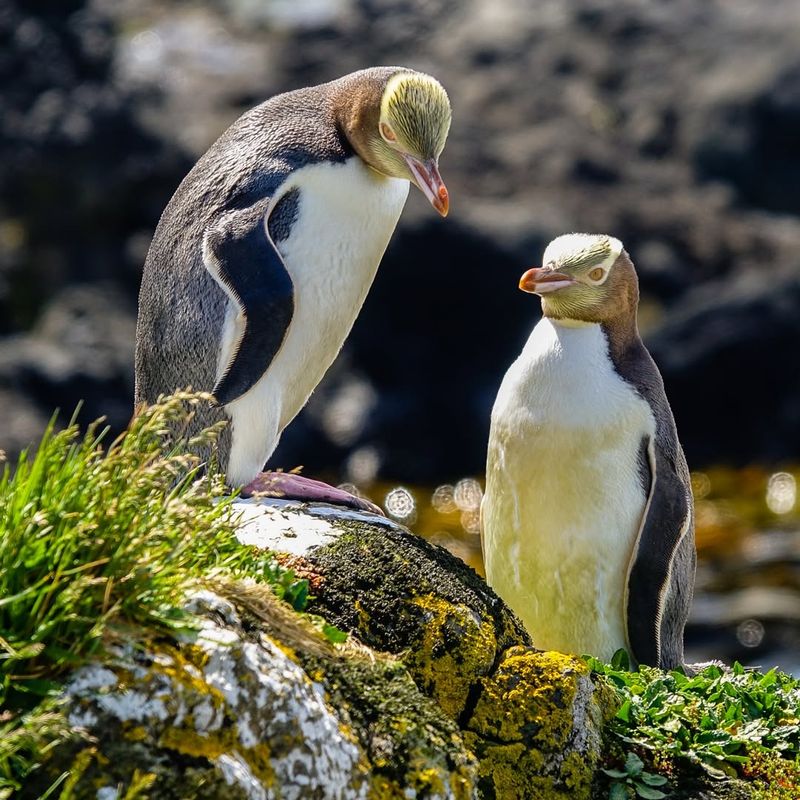
The Yellow-eyed Penguin, native to New Zealand, is one of the world’s rarest penguin species. Its distinctive yellow eyes and shy demeanor set it apart.
Habitat degradation, predation, and climate change have led to its decline. Conservationists are working to protect its nesting sites and raise awareness about its vulnerability.
Local communities and visitors play a vital role in safeguarding these charismatic penguins, ensuring that they continue to grace New Zealand’s coastlines with their charming presence.
California Condor
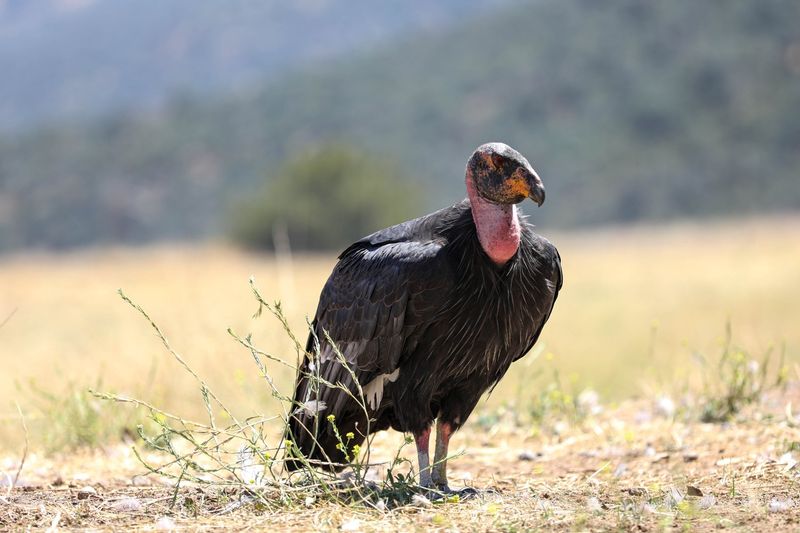
The California Condor, North America’s largest bird, once teetered on the brink of extinction. Its massive wingspan and striking black-and-white plumage make it a sight to behold.
Habitat loss and lead poisoning from ingested spent ammunition were key factors in its decline. Intensive conservation efforts, including captive breeding and habitat protection, have helped its recovery.
Continued public support and policy changes are essential to ensure the condor’s continued survival, allowing it to soar majestically over the western coast.
Spoon-billed Sandpiper
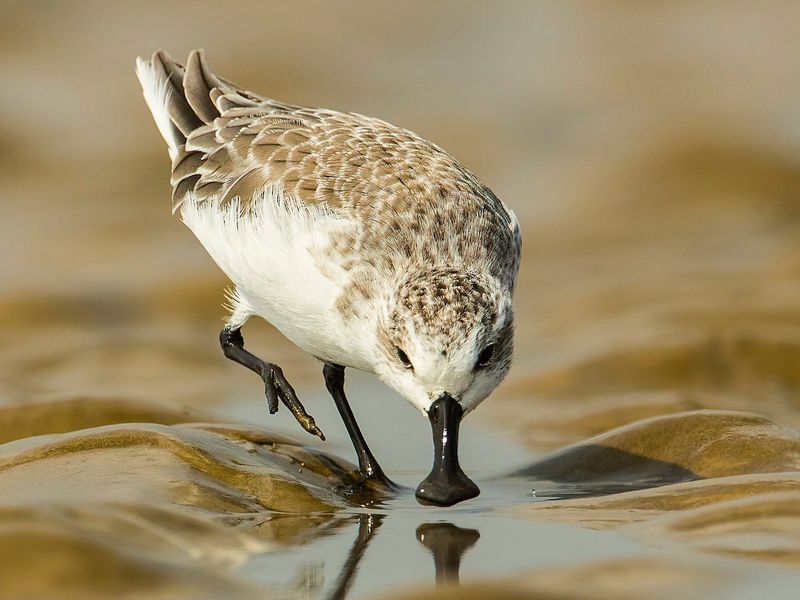
The Spoon-billed Sandpiper, known for its distinctive spoon-shaped bill, is a small wader facing critical challenges. It relies on diverse habitats during its migratory journey.
Habitat loss in breeding and wintering grounds, along with climate change, threaten its survival. Conservationists are working to protect its migratory routes and raise awareness among local communities.
International cooperation and habitat restoration are crucial to ensure this charming bird’s continued presence, allowing it to thrive along its migratory path.
Hyacinth Macaw
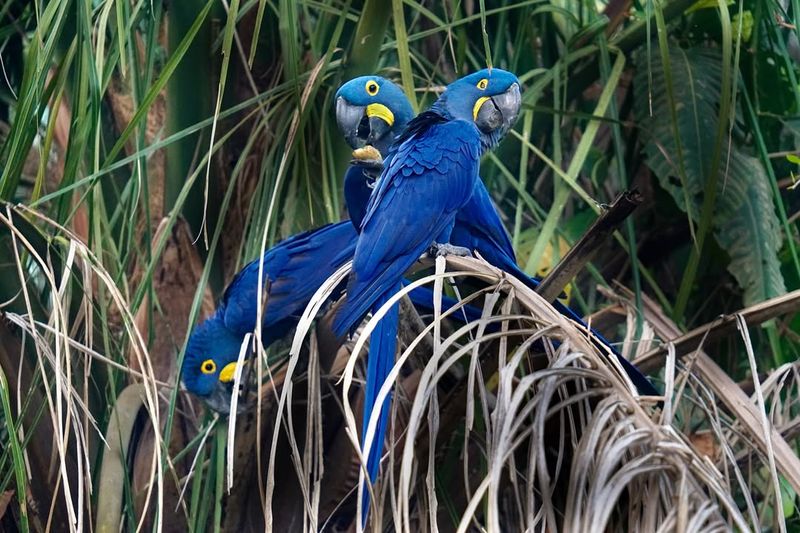
The Hyacinth Macaw, the largest parrot species, is renowned for its stunning cobalt-blue feathers. It calls the Brazilian rainforest home but faces threats from habitat destruction and illegal trade.
Conservation groups are dedicated to protecting its habitat and supporting captive breeding programs. Public awareness and sustainable tourism play a crucial role in its survival.
By supporting these initiatives, individuals can contribute to preserving the beauty of this magnificent parrot, ensuring it continues to grace the rainforest skies.
Kirtland’s Warbler
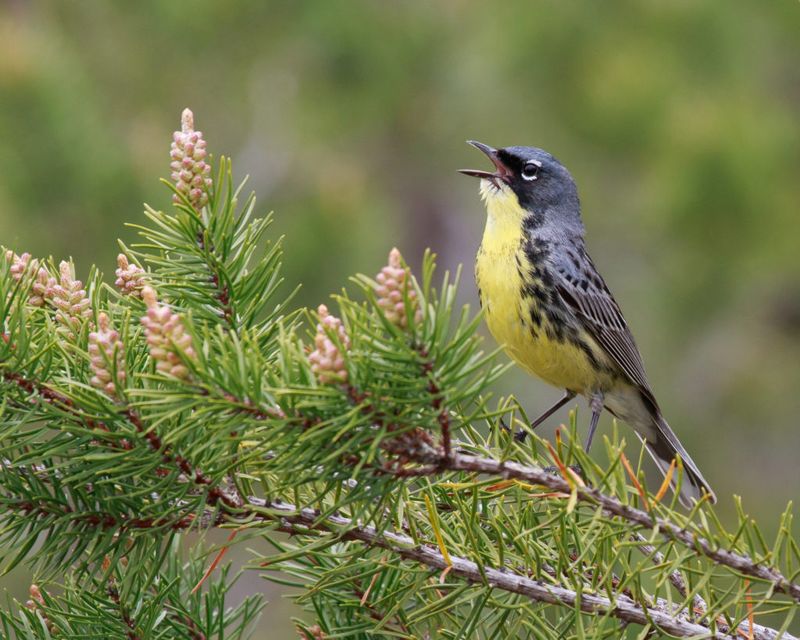
Kirtland’s Warbler, one of North America’s rarest songbirds, relies on specific Jack Pine habitats for breeding. Its distinctive yellow breast and melodic song are captivating.
Habitat loss due to logging and fire suppression once pushed it to the brink of extinction. Conservationists have successfully restored its numbers through habitat management.
Ongoing efforts and public support are vital to maintaining its population, allowing this enchanting warbler to continue adding its song to Michigan’s forests.
Forest Owlet
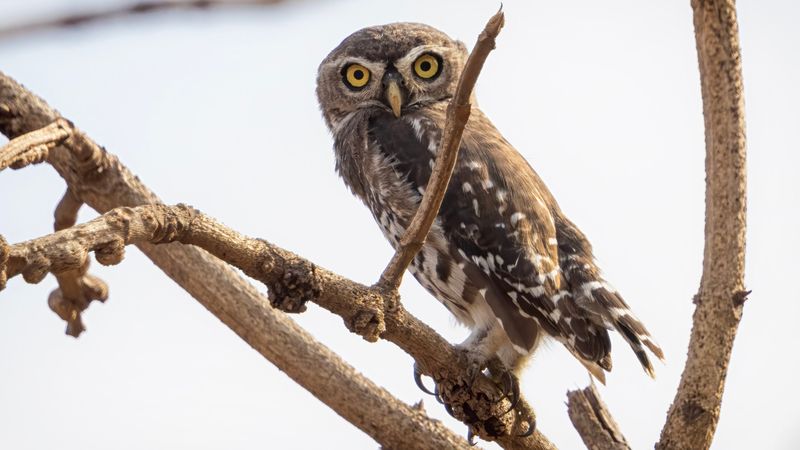
The Forest Owlet, a small yet remarkable owl, inhabits the dense forests of central India. Its striking, wide eyes and curious expression make it a captivating sight.
Unfortunately, habitat loss and human activities have pushed this species to the brink. Conservationists are working to protect its dwindling habitat and raise awareness about its plight.
Community involvement and sustainable land management are essential to ensure the survival of this enigmatic bird, allowing it to thrive in its native forests.
Seychelles Magpie-Robin
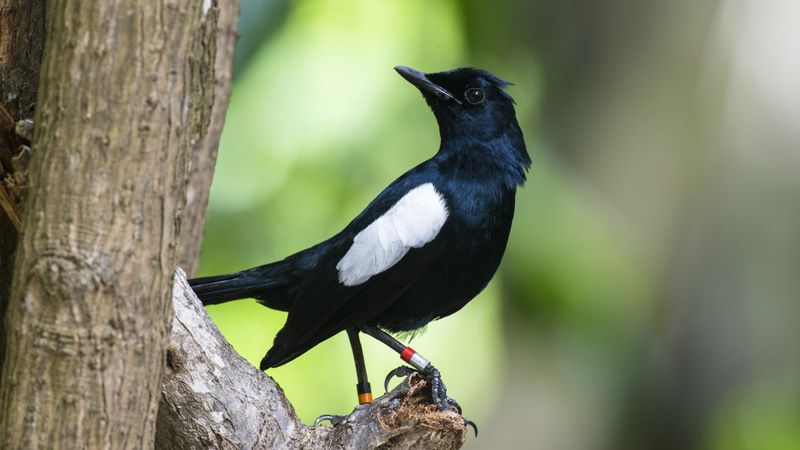
The Seychelles Magpie-Robin, a charming songbird, is native to the Seychelles Islands. Its melodious song and striking black-and-white plumage make it a delight to observe.
Habitat loss and introduced predators nearly led to its extinction. However, intensive conservation efforts have brought it back from the brink.
Continued support for these initiatives and sustainable tourism are vital to ensure this melodious bird’s presence on the islands, adding to the natural beauty of the Seychelles.
Rimatara Lorikeet
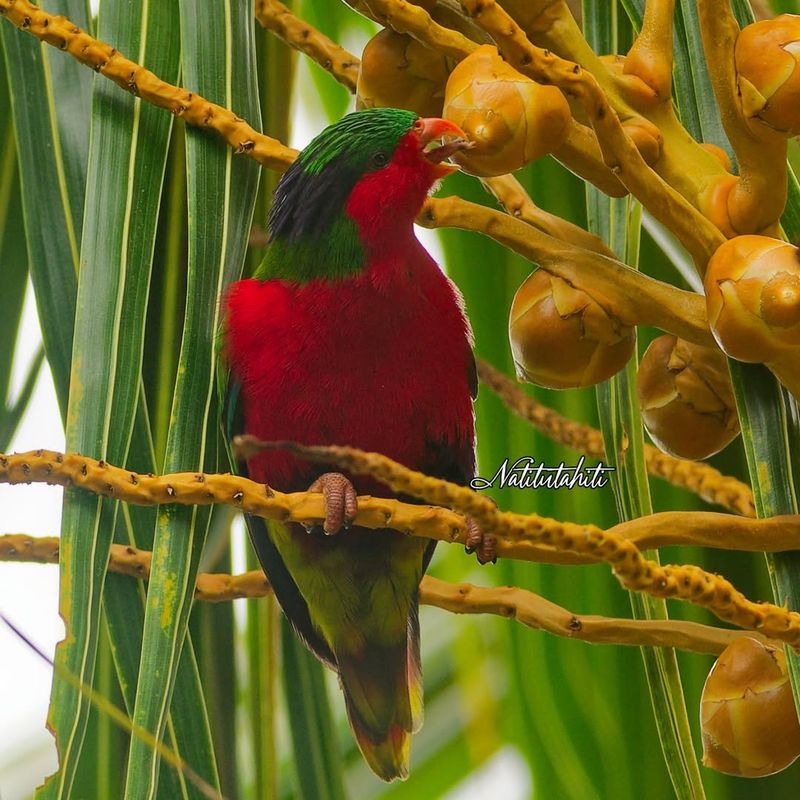
The Rimatara Lorikeet, a vibrant parrot found in the Cook Islands and French Polynesia, is a true gem of the tropical forest. Its red and green plumage is a sight to behold.
Introduced predators and habitat loss have threatened its survival. Conservationists are working to protect its habitat and reintroduce it to its native range.
Local communities play a vital role in these efforts, ensuring that the lorikeet’s colorful presence continues to grace the tropical islands for years to come.
Gurney’s Pitta
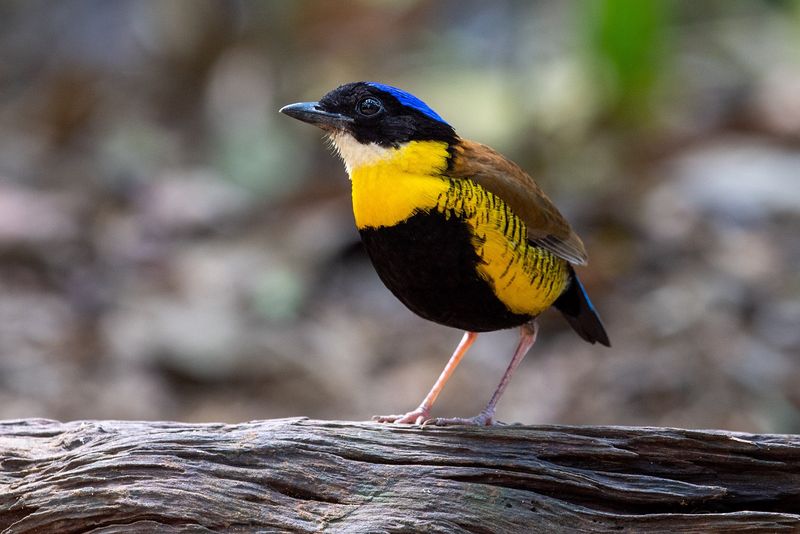
Gurney’s Pitta, a striking bird with vibrant blue and yellow plumage, is a rare gem of Southeast Asia’s lowland rainforests. Its elusive nature makes it a challenging yet rewarding sight.
Habitat destruction due to logging and agriculture has severely impacted its population. Conservationists are working to protect its remaining habitat and raise awareness.
International collaboration and sustainable land use practices are crucial to ensuring its survival, allowing birdwatchers a chance to glimpse this colorful beauty.
White-winged Duck
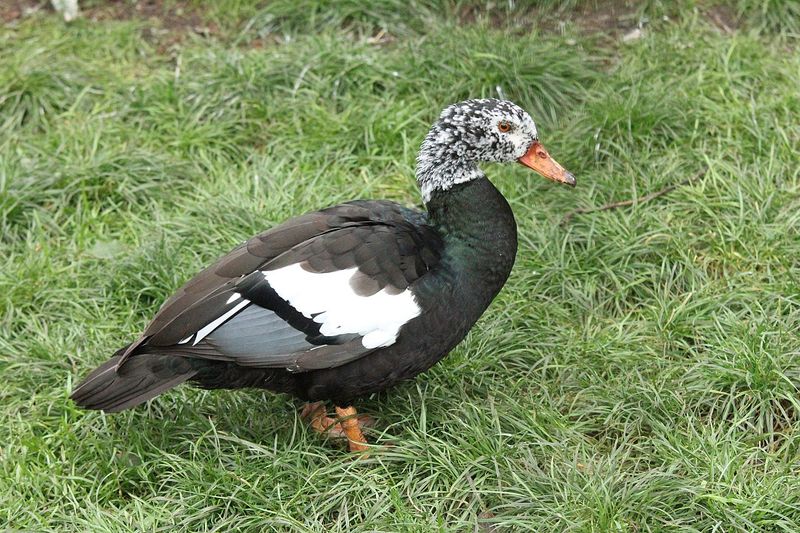
The White-winged Duck, known for its distinctive white wing patches, inhabits the wetlands of South and Southeast Asia. Its serene presence is a sight to behold.
Habitat destruction and hunting have led to its decline. Conservationists are focusing on protecting its wetland habitats and raising awareness about its plight.
Community involvement and sustainable water management are essential to ensure the survival of this elegant duck, allowing it to thrive in its natural environment.
Red-headed Woodpecker
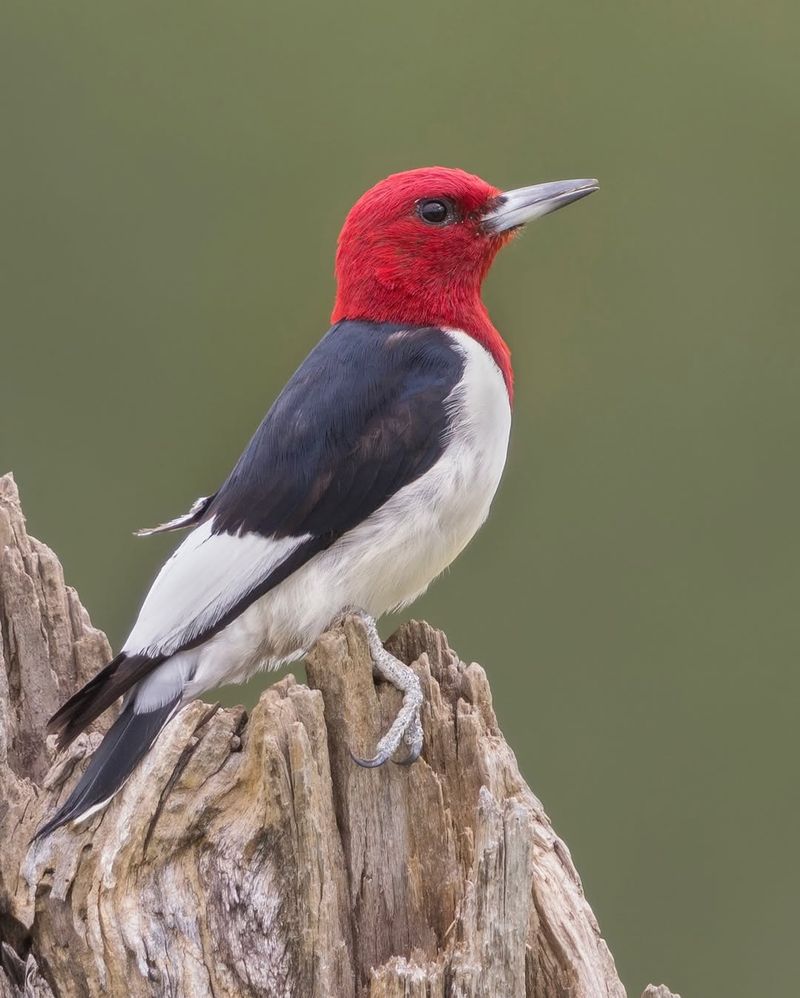
The Red-headed Woodpecker, with its vivid red head and striking black-and-white plumage, is a captivating bird of North America’s woodlands. Its acrobatic foraging behavior is a delight to watch.
Habitat loss and changes in forest management have contributed to its decline. Conservationists are working to preserve its habitat and promote sustainable forestry practices.
Public awareness and involvement in these efforts are vital to ensure the continued presence of this charming woodpecker in our forests.
Marvellous Spatuletail
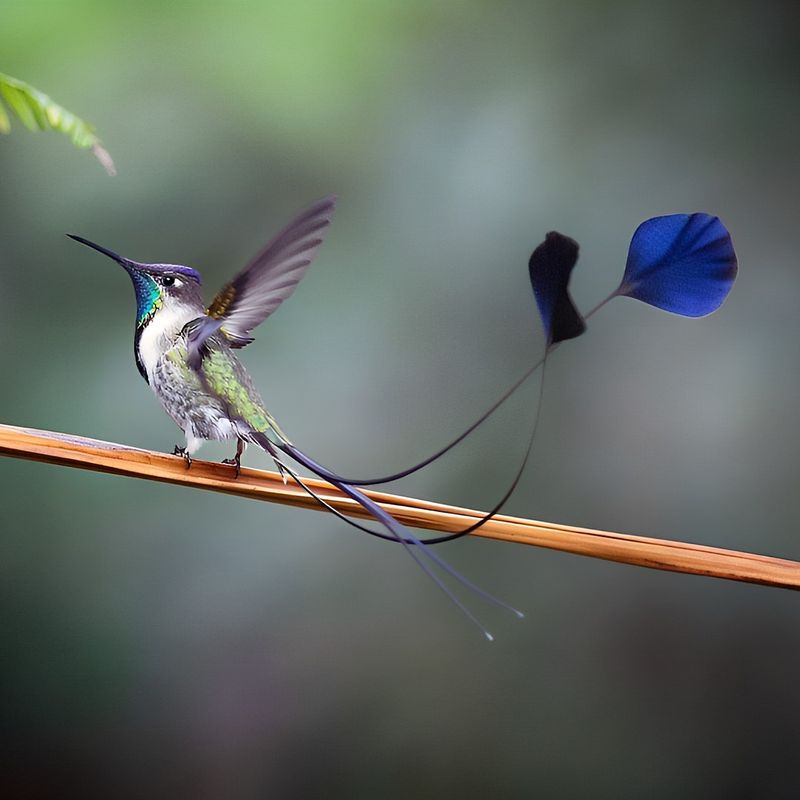
The Marvellous Spatuletail, an Andean hummingbird, is known for its incredible tail feathers resembling spatulas. Its iridescent plumage and acrobatic flight captivate observers.
Habitat loss and climate change pose significant threats to its survival. Conservationists are working to protect its high-altitude habitats and promote sustainable land use.
By supporting these efforts, individuals can help preserve this remarkable hummingbird, ensuring it continues to enchant all who witness its aerial displays.
African Grey Parrot
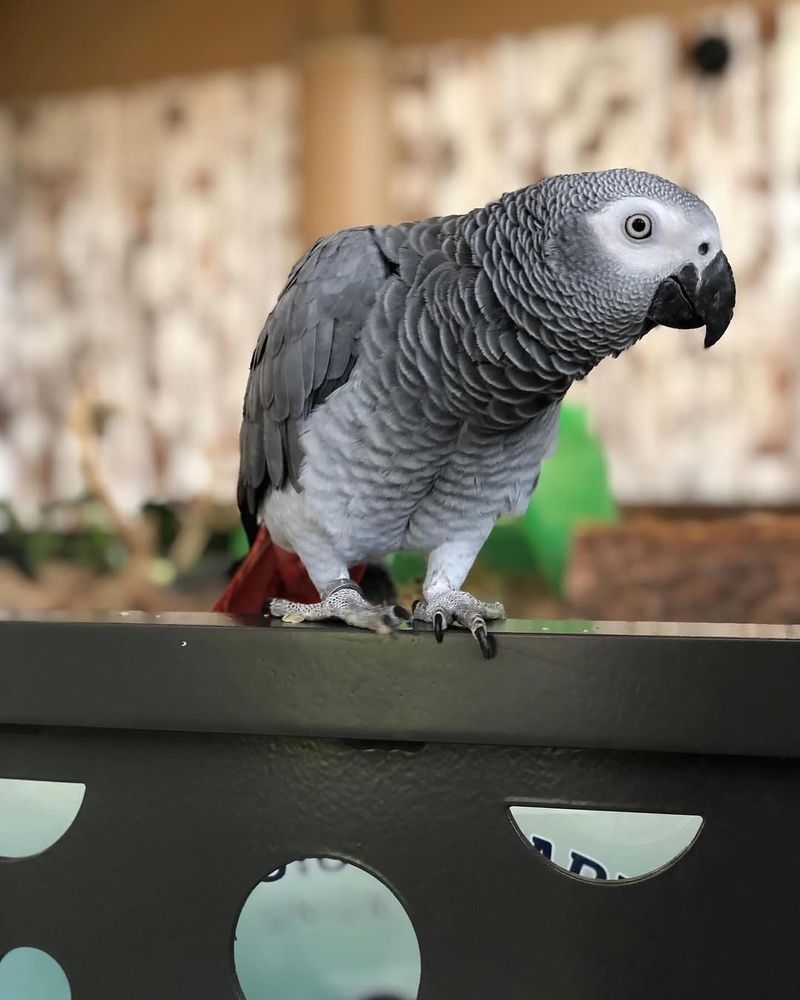
The African Grey Parrot, renowned for its intelligence and mimicry skills, is a treasured bird of the African rainforests. Its intricate grey plumage and red tail are iconic.
Habitat destruction and the illegal pet trade have severely impacted its population. Conservationists are working to protect its habitat and regulate the pet trade.
Public awareness and responsible pet ownership are critical to ensuring the survival of this intelligent parrot, allowing it to thrive in its native forests.
Swift Parrot
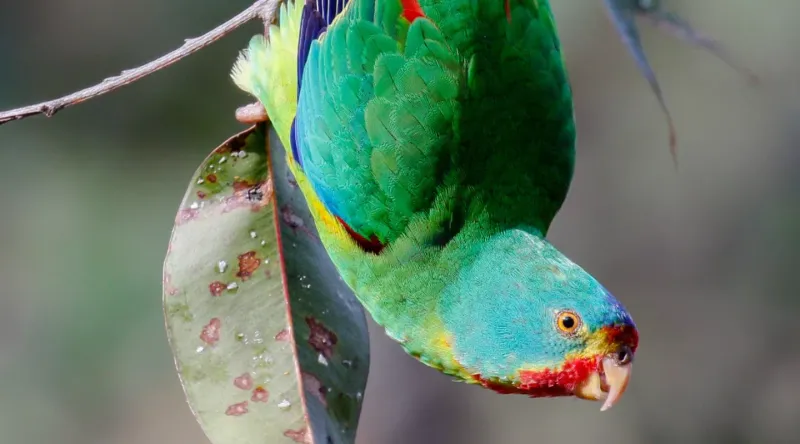
The Swift Parrot, with its vibrant green and red plumage, is a migratory parrot native to Tasmania. Its swift flight and eucalyptus blossom feeding are a joy to witness.
Habitat loss and predation are key threats to its survival. Conservationists are working to protect its breeding and feeding habitats and raise awareness.
Community involvement and sustainable land management are essential to ensure this parrot’s continued presence, allowing it to grace Tasmania’s forests with its vibrant colors.

